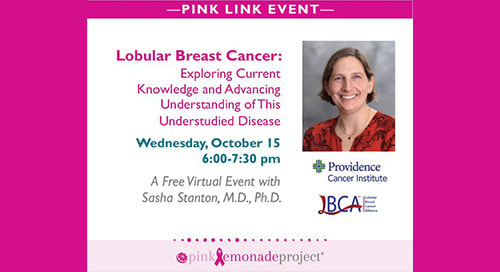Histotripsy
At Providence, you’ll receive state-of-the-art care for the treatment of liver tumors. We are the first hospital system on the West Coast to offer histotripsy, a revolutionary treatment that destroys liver tumors without a single incision. The histotripsy procedure has shown a 95.5% success rate in clinical trials.
Histotripsy: A Breakthrough Liver Cancer Therapy
Histotripsy is a revolutionary treatment for both cancerous and non-cancerous liver tumors, as well as metastatic cancer that has spread to the liver. This FDA-approved procedure uses high-energy ultrasound waves that convert to sonic beams and destroy liver tumors – without a single incision or needle.
Histotripsy: New Treatment for Liver Cancer
See how this innovative technology is redefining liver tumor treatment.
-
The Edison® System
During the histotripsy procedure, doctors use the Edison® System to plan the treatment volume, target the treatment area with focused ultrasound energy, and monitor the treatment area in real-time.
-
Breakthrough Cancer Therapy
See how this new medical device helps our patients by effectively targeting cancerous liver tumors.
-
Treating Liver Tumors Without Surgery
Thomas received Histotripsy at Saint John's Health Center, eliminating his liver tumors without surgery and significantly improving his quality of life.
-
Histotripsy: Liver Cancer Treatment
Bradley Jackson, MD discusses histotripsy, the revolutionary new procedure for treating liver cancer.
-
New Treatment for Liver Cancer
Our Providence Saint John’s expert explains histotripsy, the newest, noninvasive procedure for treating liver cancer.
Doctors Specializing in Histotripsy
At Providence, you'll have access to a vast network of dedicated and compassionate providers who offer personalized care by focusing on treatment, prevention and health education.
Patient Stories and Expert Tips for Cancer Care





